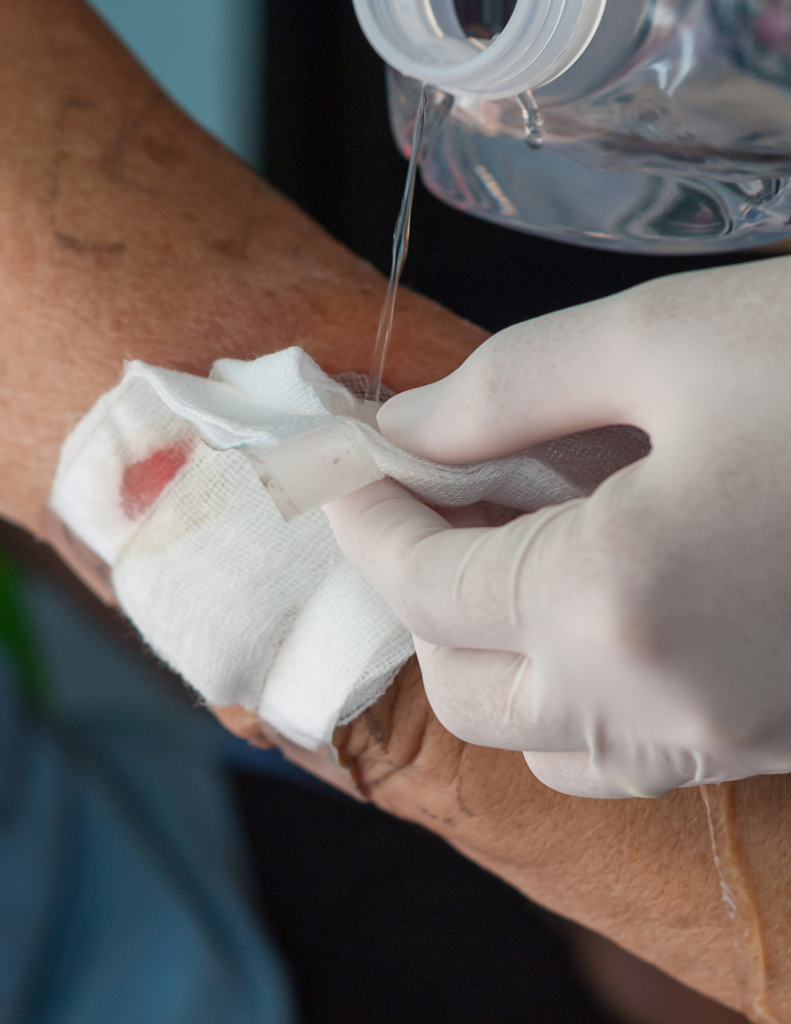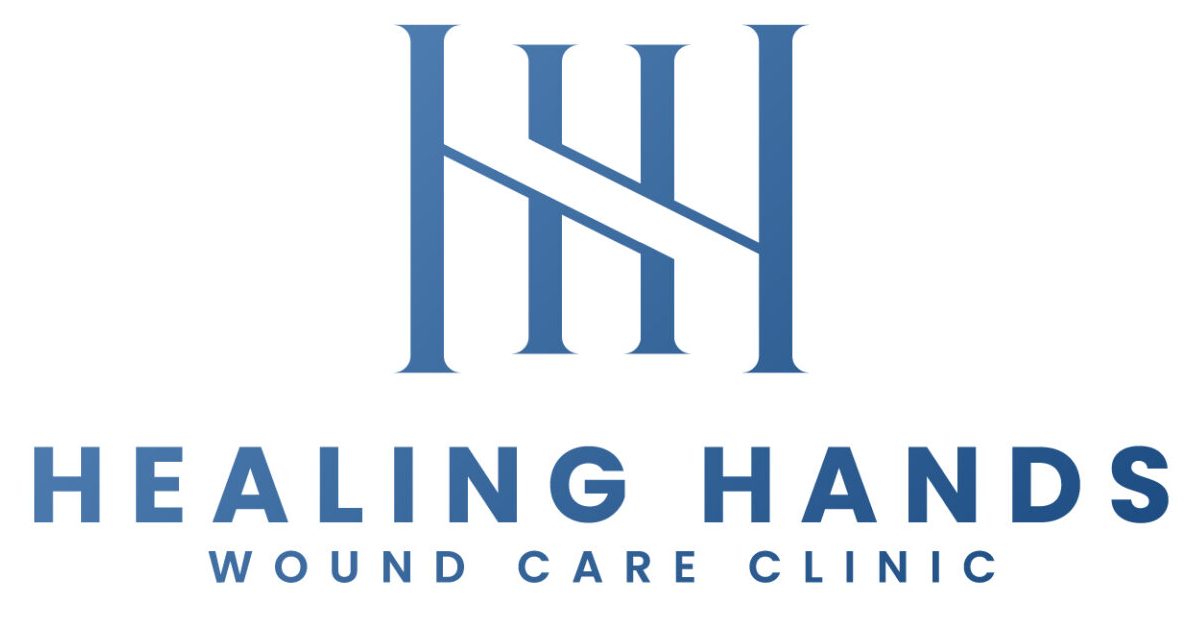Healing is a complex and dynamic process, essential for recovery from injuries and surgeries. Knowing the basics of wound healing can empower individuals to take proactive steps in their care, potentially speeding up the healing process and preventing complications. This guide will break down the stages of wound healing, what to expect during each phase, and how to support your body’s healing process.
Stage 1: Hemostasis – The Immediate Response
What Happens: Hemostasis begins immediately after an injury occurs, aiming to stop the bleeding. Blood vessels constrict to reduce blood flow, and platelets gather to form a clot, essentially plugging the injury site. This phase is crucial for preventing excessive blood loss and creating a stable environment for healing.
What to Expect: You’ll notice bleeding stopping due to clot formation. Swelling and redness might occur as part of the body’s natural response.
Supporting Healing: Apply direct pressure to control bleeding and elevate the wound area if possible. Keeping the wound clean and protected during this early stage is crucial.
Stage 2: Inflammatory Phase – The Cleanup
What Happens: The inflammatory phase overlaps with hemostasis, starting right after the injury and lasting up to several days. This phase is characterized by inflammation, necessary to clear out dead cells, bacteria, and debris, making way for new tissue growth. White blood cells, specifically neutrophils and macrophages, play a key role in this cleanup process.
What to Expect: Redness, warmth, swelling, and pain are common as the body increases blood flow to the wound. These symptoms are normal and indicate that your immune system is at work.
Supporting Healing: Manage pain and swelling with recommended medications and keep the wound clean. Avoid using anti-inflammatory medications without consulting a healthcare provider, as they can potentially slow the healing process during this stage.
Stage 3: Proliferation – The Rebuilding
What Happens: During the proliferation stage, the body starts to rebuild the wound area with new tissue, a process that can last from several days to weeks. Fibroblasts play a crucial role, producing collagen and extracellular matrix, forming the foundation for new tissue. Capillaries grow into the wound, supplying necessary nutrients and oxygen for tissue regeneration.
What to Expect: The wound starts to fill in with new tissue (granulation tissue), and you might see new blood vessels forming. The wound’s edges begin to draw together, and the risk of infection decreases.
Supporting Healing: Ensure proper nutrition, especially proteins, vitamins A and C, and zinc, to support collagen production and new tissue growth. Keep the wound moist but not overly wet, as a proper moisture balance promotes healing.
Stage 4: Maturation – The Final Touches
What Happens: The final stage of wound healing involves the maturation and remodeling of the new tissue, which can take from several weeks to years. Collagen fibers reorganize, the wound contracts, and the new tissue gradually gains strength and flexibility.
What to Expect: The wound closure becomes more secure, and scar tissue develops. The scar may fade over time but won’t completely disappear.
Supporting Healing: Continue supporting your body with a balanced diet. Protect the healing area from excessive sun exposure to prevent scar darkening. Gentle exercises, as advised by a healthcare provider, can improve flexibility and strength in the area.
Conclusion
Understanding the stages of wound healing empowers individuals to actively participate in their recovery. Each phase has its unique challenges and needs, but with proper care and support, the journey to healing can be optimized. Remember, wound healing is highly individual; if you have concerns or your wound isn’t healing as expected, seek advice from a healthcare professional. Your journey to recovery is important, and understanding the basics of wound healing is a step towards a healthier you.



